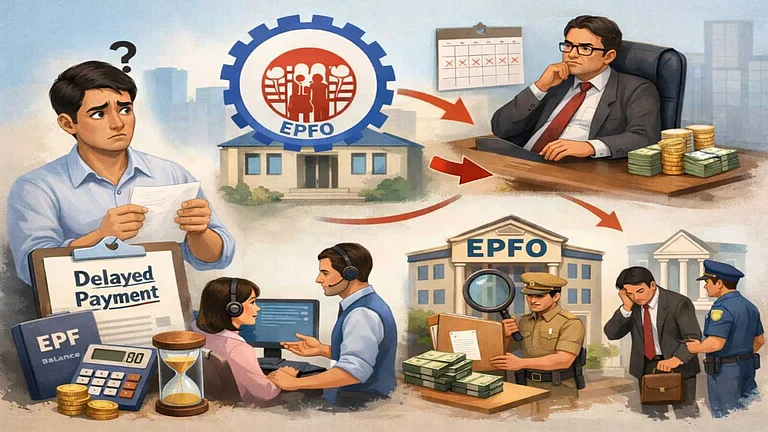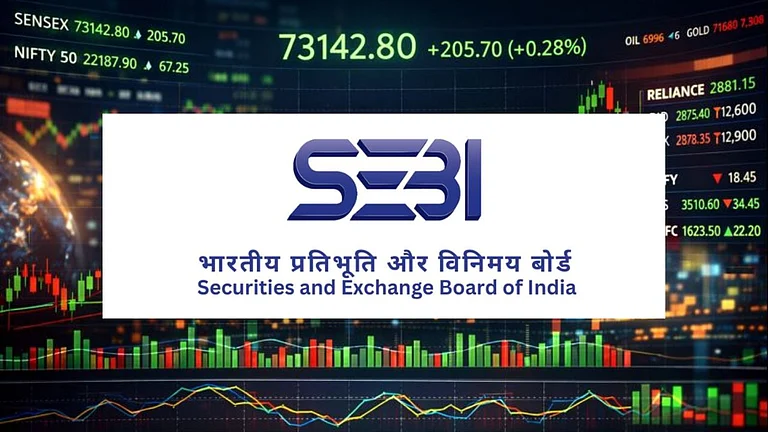Virtual real estate values increased by 879 per cent between September 2019 and March 2022, even as real estate values increased by 39 per cent, according to recent data from the Metaverse index.
This index monitors virtual parcels, and it has now been revealed that virtual real estate has outperformed traditional real estate by 532 per cent.
Incidentally, investment banking company JP Morgan Chase has signed a virtual property lease for a year, and the Vatican City is also opening a non-fungible token (NFT) art exhibition.
Thus, individuals who own Blockchain-based virtual real estate (VRE) gain now as well as in the future.
Let’s look at both VRE and gaming. Some of the most popular features include in-game single-player and multiplayer activities, access to exclusive events, and NFT-gated communities.
For instance, Bored Ape Yacht Club has always included entertainment, socialising, and a digital community with its NFTs. They have since used that attraction to sell $310 million in Metaverse Land.
The most significant variances in Metaverse Land prices appear to be across Blockchains rather than within them. Solana offers a substantially cheaper entry-level cost than Metaverse Land on Ether. This could make “affordable Metaverse homes” more feasible for Solana holders and developers. Solana gas expenses average $0.00025, which is a pittance compared to Ether’s $5-50 price range.

Incidentally, users were found to have retained their VRE NFTs for less than 25 per cent of the time the NFT collection was online in 10 of the 11 programmes. OVR Land has the most long-term holders for three reasons: namely, the land was in plenty, inexpensive, and it took time to develop. This is possibly one reason why majority of people purchase and hold VRE rather than sell them.
Long-Term Value of Virtual Real Estate Will Be Determined By External Causes
The long-term usefulness of Blockchain-based virtual reality and augmented reality (VR/AR) is determined by a variety of variables, including interoperability with existing technologies. The Metaverse Standards Forum was founded in June by prominent technology businesses, such as Meta, Microsoft, and Epic Games (MSF). This group is tasked with developing open standards for everything related to Metaverse, including AR, VR, and 3D technologies.
The introduction of VR technology has the potential to greatly help Blockchain-based Metaverse enterprises. The more life-like the virtual experience, the more probable it is that consumers will perceive NFT-based ownership as close to resembling the physical and the real.
VR gaming revenue increased at a compounded annual growth rate (CAGR) of 28.5 per cent between 2017 and 2021.
Banking giant Citibank has also estimated that by 2030, the Metaverse economy might have a total addressable market between $8 trillion and $13 trillion.
Blockchains And Gaming

The popularity and financing of Blockchain gaming ideas has skyrocketed.
Electronic Arts (EA), which is one of the most reputed names in the gaming industry, earned $1.62 billion in fiscal year 2021 from its FIFA, Madden, and NHL Ultimate Team products.
In Ultimate Team, players build, trade, and compete with a squad of athletes represented by a trading card. Players can then sell the cards they have drawn to other players for coins, although these coins can never be converted into points or actual money.
EA charges a 5 per cent transaction fee on its player-to-player market, but this is not an income stream. If Ultimate Team members could sell their cards for Bitcoin, they could recoup part, all, or even multiples of their initial investment—and keep a portion of the proceeds.













